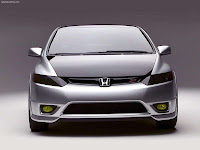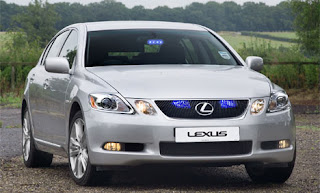People hate automobile dealers. Of
course, there are always nice guys, but numerous car dealers just have to cheat
their way to benefits. Here are the top 5 auto scams that you absolutely must
avoid, or risk paying way too much for your car.
Scam 1: The Yo-Yo Financing Scam
The dealer deals you a car and allows
you to take it home at once. You finance your car through the dealer, but a few
days later, the dealer phones and tells you that your financing has fallen
through. You are then ordered to set up new financing through the dealer, at a
much higher cost to you, and a much higher income to them. Avoid this at any
cost! If you have bad credit, do not finance at the dealer. Arrange your own
financing. If you finance through the dealer, never drive off your car
immediately. You should hold at least 24 hours before taking your new car, so
as to make sure funding is complete. This allows the dealer no way to play the
scam on you.
Scam 2: The Window Etching Fee
This is one of the most ridiculous but
usual scams I have heard off. Basically the dealer offers to window etch your
VIN number in the window of your car for you, at a price ranging from $300 to
$1000. Some people have tried to talk down the cost, and they often succeed,
but the dealer still draws a few hundreds off you. The easiest way to solve
this problem? Just purchase a do it yourself window etching kit at any decent
auto parts store. It only costs $20.
Scam 3: The Dealer Preparation Fee
The dealer charges you a preparation
fee to prepare your car. Some often charge an unconscionable $500 or more just
to peel off the plastic protection on the car, test drive the car and put in
the fuses. Most MSRP stickers show that these costs have already been covered
by the manufacturer. In fact, some car dealers permanently print it on the
buyer's order to make it seem mandatory, but one way you can get it removed is
by telling the dealer to add a credit (of the equal amount as the dealer
preparation fees) on the next line. If they decline to do so, you should simply
walk out of the dealership.
Scam 4: The Market Adjustment Fee
In this scam, the dealer tells you
that your car is a genuinely popular vehicle, and so to sell you the vehicle
they have to add "Market Adjustment Fees" of several thousand dollars.
This sum of money is commonly indicated on an orange sticker next to
manufacturer's MSRP sticker. A car possibly popular, but if it is in stock, it
is not worth paying extra for it. Many buyers, especially trade-in buyers, have
been ripped off before. They focus only on what they get for their old car, and
so they do not see the big picture. They may get an extra few thousand for
their car, but they do not notice that they're bucked a much higher Market
Adjustment Fee. The dealer sells the car, gets the trade-in, and makes an extra
off the buyer. Never pay more than the manufacturer's MSRP.
Scam 5: The Extended Warranty Scam
The Extended Warranty scam is quite
old but it's still in use. And many people still do fall for it. Basically,
when you take a loan on your car, the dealer will say that you have to purchase
an extended warranty because the bank requires it for the loan. Deflecting this
scam is very simple actually. Tell the dealer to write down in black and white
that the extended warranty is required for the loan and they will most probably
find some excuse to remove the extended warranty. If they refuse to do so, then
please do not buy from that dealership. Actually, the extended warranty is a
great thing to have, but do not ever get it from the dealer. You can get far
better deals elsewhere, especially online.Don’t get cheated by car dealers!












